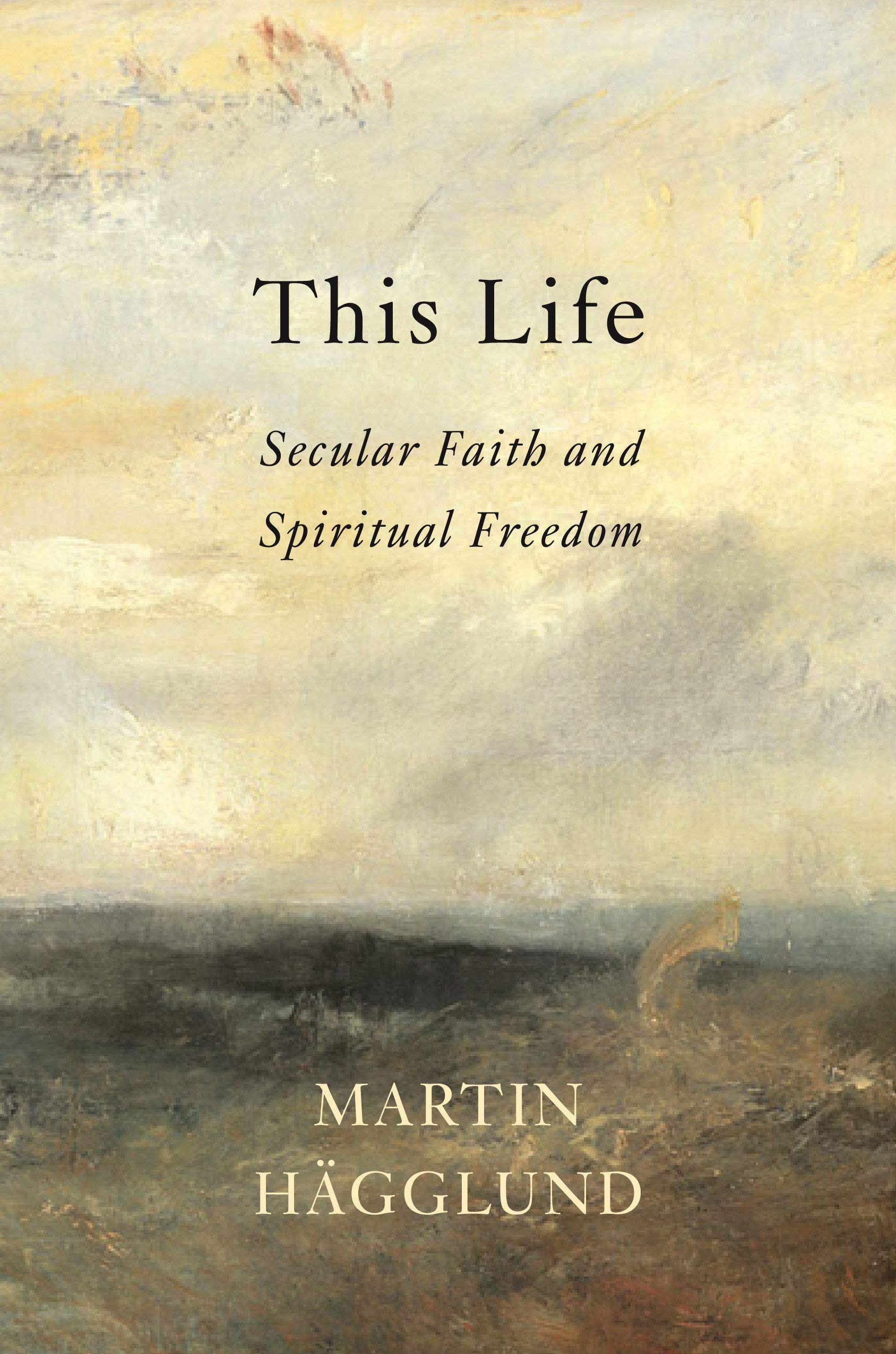
Martin Hägglund, This Life: Secular Faith and Spiritual Freedom
Format: 450 pp., hardcover; Size: 6.5” x 9.6”; Price: $25.95; Publisher: Pantheon; Number of Norwegian best-selling authors discussed in this book: One Number of years the author spent as assistant professor before being hired with tenure: Zero Most difficult German philosopher elegantly clarified: Heidegger or Hegel, it’s a toss-up Representative Passage: “Part of what compels us to keep faith with what we love is our apprehension that the relation can be lost and thereby requires our fidelity.”
Yi-Ping Ong, The Art of Being: Poetics of the Novel and Existentialist Philosophy
Format: 298 pp., hardcover; Size: 9.6” x 6.25”; Price: $45; Publisher: Harvard; Number of drawings by Vladimir Nabokov featured in the preface: One; Number of pages of dense, realist fiction the author has read to be capable of writing this book: Unknown, but unreasonably large; Weirdest pseudonym used by Danish existentialist philosopher Søren Kiekegaard: Also a toss-up, but I’m going with Anti-Climacus; Representative Passage: “The means by which the realist novel becomes an utterly compelling work of art are ultimately obscured by theories that cannot adequately distinguish its purposes from sociological, anthropological, journalistic, scientific, or historical accounts of the relation between individual and world.”
Central Question posed by both books: What ought I to do with my finite time so that my life is meaningful?
“This time the crisis seemed different; it seemed existential.”
Such a sentence could come from a novel. It could be in reference to a character’s state of mind, or to a family, or to a business concern. In this case I am coopting it for a field of knowledge.
In the 80s, when I started studying literature, the crisis was political. Conservatives were railing against the humanities for politicizing academia, for embracing race and gender studies, and for disrespecting the great tradition of thought that were the backbone of western culture, Matthew Arnold’s “the best that has been thought and said.”
In contrast, after 2018 the crisis in the humanities meant language departments shutting down and tenured professors being fired. Departments that didn’t shrink or disappear stopped growing; jobs for our graduate students dried up; the annual Modern Language Association conference became distinctly smaller.
For those of us on the inside, something else was happening during that time, related but not so clearly in the news. Starting in the 90s, some humanistic disciplines had been seemingly disavowing the human part of their mission and definition. Perhaps equally enthralled and appalled by the techno-capitalism driving the U.S. markets ever skyward, literary theory and cultural studies began talking...
You have reached your article limit
Sign up for a digital subscription and continue reading all new issues, plus our entire archives, for just $1.50/month.
Already a subscriber? Sign in




